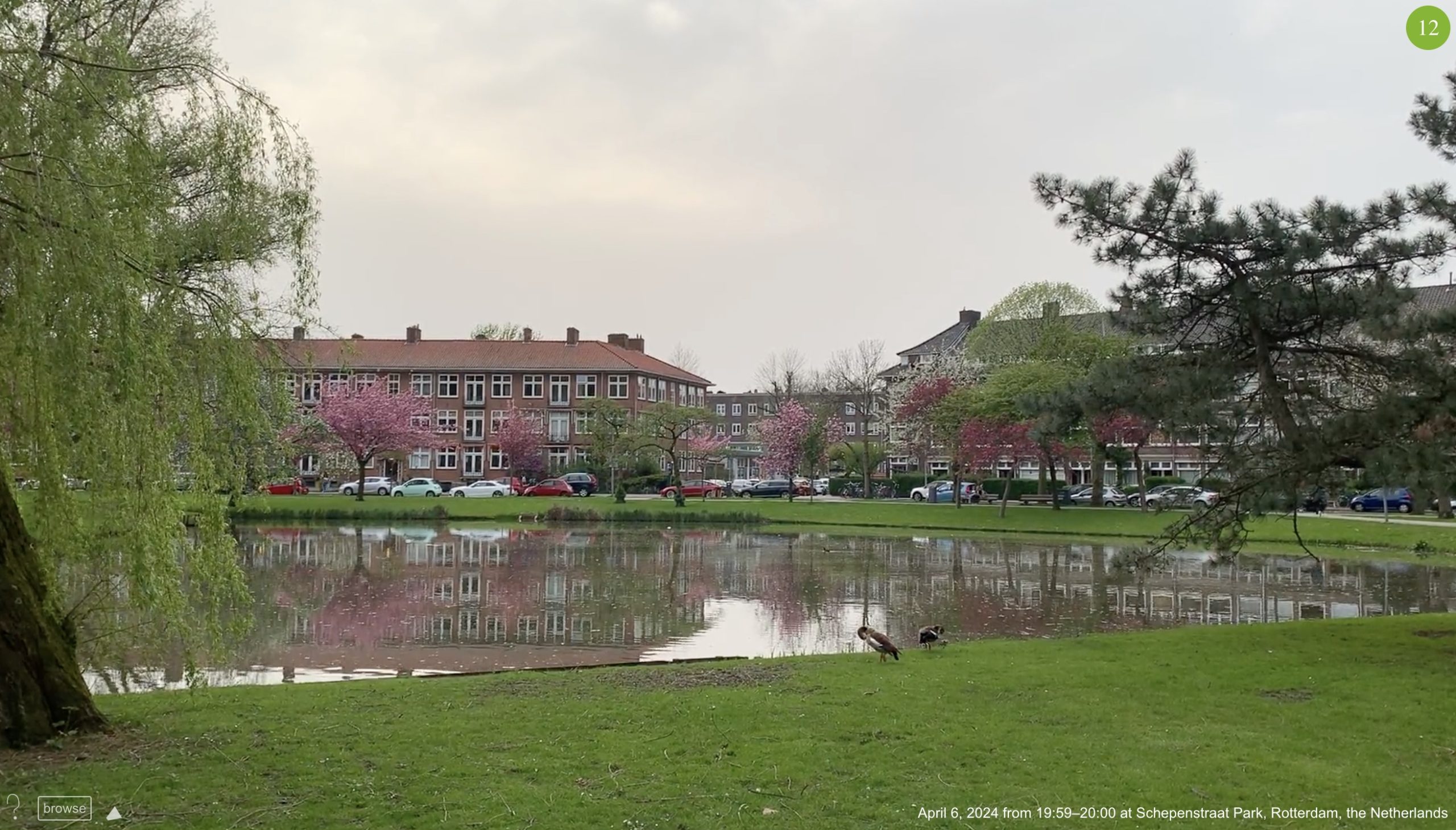Autsch. :D
Einen Kommentar hinterlassenDas Kraftfuttermischwerk Beiträge
Die US Navy vermietete das USS O-12 in den späten 1920er Jahren für eine Jahresmiete von einem Dollar an Lake and Danenhower, die es dem Briten Hubert Wilkins für eine Polarexpedition zur Verfügung stellen durften. Lake and Danenhower, das Nachfolgeunternehmen der Bauwerft, rüstete das U-Boot für eine Unterquerung des Nordpols um und benannte es in Nautilus.
Einen Kommentar hinterlassenIn the late 1920’s, accomplished explorer Sir Hubert Wilkins became convinced that a submarine would provide the ultimate means of reaching the North Pole. A submarine could travel for extended periods beneath the ice, avoiding the extreme hazards above which had caused earlier expeditions to fail. Carrying the latest scientific equipment, the submarine’s crew could conduct valuable meteorological, oceanographic, biological, magnetic, and spectrographic experiments.
Wilkin’s submarine would be called the Nautilus. It was a retired WW1-era submarine that had been extensively modified by renowned Naval Architect Simon Lake. The Nautilus featured a heavily reinforced bow, a shock absorber and sledge runners to protect it from collision with sea ice. A diving compartment and airlock was also added to allow divers to explore the depths while the submarine remained submerged. Most importantly, the Nautilus was fitted with three ice drills, allowing the submarine to recharge batteries, refresh air and even allow the crew to exit while the submarine still remained below the ice.
The Nautilus and her crew of 20 men began their expedition to the North Pole in June of 1931.
None of them realized how grueling their journey would be, and almost immediately things began to go wrong.
Eine Biberfamilie in Kanada hat einen Damm gebaut, der doppelt so breit ist wie der Hoover-Staudamm. Kern des Videos ist, wie Biber dazu beitragen können, Landschaften widerstandsfähiger gegen die Auswirkungen des Klimawandels zu machen. Stabibers.
In Canada, a beaver family has built a dam extending 850m – that’s more than twice as long as the Hoover Dam. It’s so big it can be seen from outer space. But that’s not the only reason NASA is interested in this architecturally minded species… Increasing diversity and resilience, not to mention creating wetlands, are just some of the impacts beavers can have on their surroundings. What does this mean for the wider environment? And how can we humans learn from it?
(Direktlink, via Kottke)
The Ladds 500. Ich würde mitfahren.
Dive into the chaos and charm of the world’s craziest bike race, right here in Portland!
Einen Kommentar hinterlassenNur ein Video, das ganz unaufgeregt zeigt, wie man ein Phenakistiskop zeichnen kann. Und vielleicht poste ich es nur deshalb, weil mir die Existenz des Wortes „Phenakistiskop“ bis eben komplett verborgen blieb. Wieder was gelernt.
Das Phenakistiskop (von altgriechisch phenax „Täuscher“, und skopein „betrachten“; wörtlich „Augentäuscher“) wurde zeitgleich vom belgischen Physiker Joseph Antoine Ferdinand Plateau sowie vom österreichischen Professor für Praktische Geometrie Simon Stampfer im Zusammenhang mit durchgeführten Experimenten zur stroboskopischen Bewegung Anfang der 1830er Jahre entwickelt. 1833 wurden bereits die ersten Modelle des Phenakistiskop in London als Unterhaltungsmedium auf den Markt gebracht. Das Gerät wurde auch bekannt unter den Namen Phanakistiskop, Phantaskop, Wunderrad oder Lebensrad.
(Direktlink, via The Kid Should See This)
Kurz mal durchatmen? One Minute Park zeigt aus allen möglichen Ecken der Erde diverse Parks für jeweils eine Minute. Ich stehe hier gerade in Rotterdam und schaue auf einen Teich. Und ihr könnt, so denn ihr wollt, eure Lieblingsparks einreichen.
One Minute Park allows you to visit parks from around the world for one minute each. These are just one minute videos, not webcams. Eventually the project will fill in all the minutes (1440) in a day. You can create your own One Minute Park to help achieve this goal.

(via Maik)
Klar, kann man das Feuer auch unter einer Badewanne platzieren, aber diese recht einfache Heizmöglichkeit für Draußenbadewannen erscheint mir irgendwie smarter. Und jetzt überlege ich, ob ich im Garten Platz für eine Wanne habe.
Ein KommentarIch hatte keine Ahnung, dass es ein Ding wie den „Disc Flattener“ der Firma Orb gibt, aber anscheinend macht das Teil einen guten Job. Auch bei 7inches.
Ein KommentarNendo mit einer kurzweiligen Darstellung von 50 verschiedenen Stuhl-Designs, animiert im Manga Stil.
„50 manga chairs is the result of adapting the strong symbolic nature of manga comics to furniture design.
„Manga consists of a series of frames on a single sheet of paper that creates a sequence. Similarly, 50 standard chairs are lined up in a grid, each one conjures up a sense of story, and each with a design element from manga. For example, a ’speech bubble‘ or ‚effect line‘ are added to visualize sound or action. Or emotional symbols from manga, like ’sweat‘ or ‚tears‘, are formed so that a sense of story and character can be felt.
„Manga is a means of expression with a high degree of flatness and abstraction, and which is composed of a series of lines. We could say that manga comics are deeply rooted in Japanese culture, since they can be traced back to Ukiyoe prints developed during the Edo period (1603-1868 A.D.).“
(via Core77)
